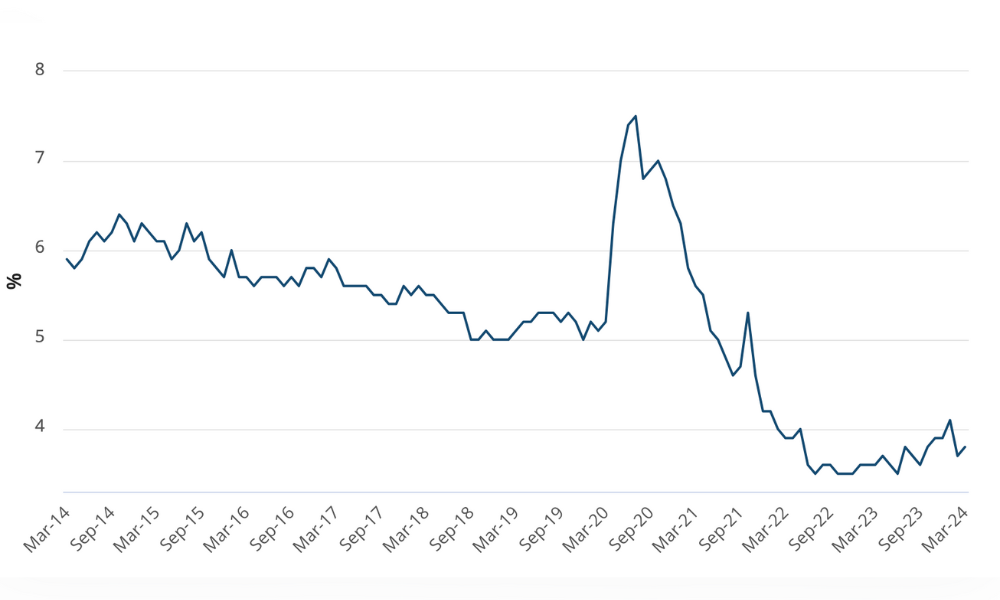Gallup research over several years has revealed a correlation between an employee’s occupation and engagement level.
Gallup research over several years has revealed a correlation between an employee’s occupation and engagement level. As an example, more than one third of managers and executives in the US ended the Great Recession engaged in their jobs, up 10% from 2009 to 2012. This is compared to manufacturing or production workers, at the other end of the scale, of whom only 24% are engaged.
The research group has analysed the employee engagement results by various segments to assist employers in tackling engagement levels as they currently stand. “Used conscientiously, these data can help leaders make diversity a source of strength – rather than division – in their workplaces,” wrote Susan Sorenson and Keri Garman of Gallup in the research paper.
As suggested above, managers and executives had the highest levels of engagement among the different groups that Gallup analysed, but professional workers in general have higher engagement levels.
At the lower end of the engagement spectrum are employees in manufacturing or production. Sorenson and Garman suggested that this may be because ‘traditional management mentality’ prioritises process over people. “Gallup finds that managers continue to be the most powerful influence on workers’ engagement levels, so investing in manager engagement tends to boost employee engagement – and this could be particularly helpful in manufacturing and production environments,” they wrote.
The one occupation where engagement levels have dropped is service workers, which dropped three points from 32% in 2009 to 29% in 2012. Sorenson and Garman hypothesised that this was because consumer spending has flattened out, which may have led to fewer growth opportunities in the sector.
This is a serious concern, according to the authors, since service workers interact with customers on a face-to-face basis each day and could be broadcasting their negativity. “Leaders with customer-facing employees must evaluate their engagement levels and take action immediately to protect their customer relationships,” they wrote.
Ultimately, while it may be more difficult to engage certain groups of workers than others, that doesn’t mean that organisations should give up. “Persistent, targeted attention on engagement at the enterprise and workgroup levels can lead to growth, no matter what business as business is in,” according to Sorenson and Garman.
Key HR take-aways
Gallup consultancy works from a list of top tips which they claim is the key to increasing loyalty and decreasing turnover:
- At least bi-annually ensure someone at work has talked to your employees about their individual progress.
- Ensure employees know what is expected of them at work.
- Ensure employees have the materials and equipment to perform their job description.
- Encourage employee development.
- Genuinely care about employee’s opinions and make them count when they are given.
- Make sure your company’s mission or purpose is clearly communicated while making employees feel their job is important.
- Create an environment where the workforce is committed to quality work.








